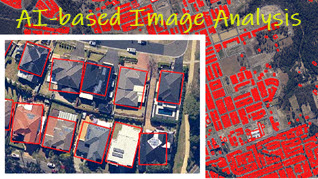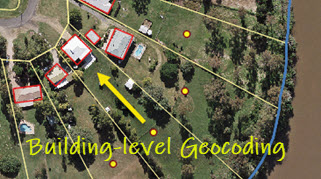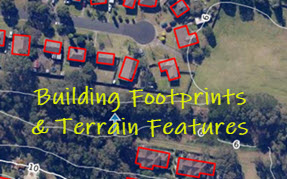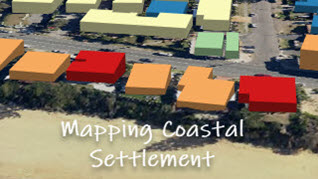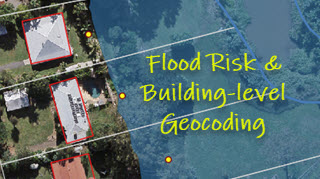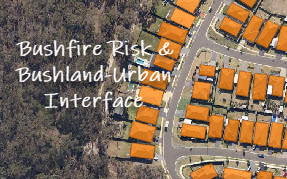AI Applications: Geocoding, Property Location Metrics
& Hazard Risk Modelling
Building-level Geocoding of G-NAF (address database) for Improved Flood & Bushfire Risk Analysis in Australia
-
Comparison between parcel-level and building-level geocoding
-
Geocoding differences in the context of flood and bushfire risk analysis
-
Building-level geocoding of G-NAF address points for most flood- and bushfire-prone regions in Australia
Creating Building Footprints and Terrain Features for Web and Desktop Mapping: With Examples from the NSW Coast
-
Extraction of building footprints for coastal stretches in Newcastle and Wollongong, NSW
-
Terrain features including contours and modelled surface water flow directions
-
All feature layers ready for both web and desktop mapping

